Welcome to Mini Motorways, the game where anyone can be a traffic management controller. You are in charge of a growing suburban city nestled in the heart of various real-world cities, and you will need to connect roads from neighborhoods to stores while keeping everything nice and organized.
In Mini Motorways, micromanaging and efficiency is the name of the game, and we will go over all of that in our Mini Motorways tips and tricks guide. While the game is simple enough to pick up and play at any time, there is hidden layer of complexity to it all.
We will do our best to show you both the basics and advanced stuff behind Mini Motorways, so let’s get started with our Mini Motorways cheats, tips, and tricks strategy guide to run a successful city!
Traffic Planning Basics
In Mini Motorways, your main objective is to ensure that every car that spawn in your city can get to their destination within a reasonable time. The tutorial teaches you the basics controls and mechanics, so make sure to play through it.
In short, you can tap any empty square to enter building mode. You never know where new houses or buildings are going to pop up, so you need to make sure to constantly be adding new roads to ensure everything is connected.
A general rule of thumb to keep in mind is to avoid connecting too many roads to one “central” road. This will lead to traffic congestion down the line, and it is best to keep forking your roads as to not direct traffic to one central area.
Pause Time to Plan
During the game, you can tap on the clock at the top right corner of the screen to drop down the clock functions. You can resume the game as normal or you can pause the game temporarily.
When the game is paused, you can still work on the roads and construction. This is extremely helpful and can be easy to forget amidst all the chaos, so try to keep it in mind.
Keep in mind that while you can delete roads at any point, they may still be currently in use by a car. If this is the case, the road will leave behind a thinner line to represent a temporary road. Once the car in question reaches their destination, the road will be deleted for real.
This ability is especially helpful during the later parts of a city when you have built a sprawling labyrinth of roads, bridges, and highways. Pause the chaos and give yourself time to rethink your strategy if you are in danger of too much traffic.
Avoid Mixing Colors on the Roads
One of the easiest ways to let traffic build up is letting cars of different colors onto the same road. This is very easy to overlook, so make sure you keep an eye on your connections to make sure the colors do not mix.
It is OK to have two different colors on the same road, but for maximum efficiency it is best to keep the colors separate to the best of your ability. We know that is not always a viable way of doing things, so we have a couple of tips.
To begin with, it helps a lot to start early. Keep this building strategy in mind as you start the level, and you should be able to keep building the city following it.
Second, do not let more than two colors onto the same road. If you have a busy intersection with different colors going in and out, you are going to crazy a very severe bottleneck that will probably lead to a game over if left unchecked.
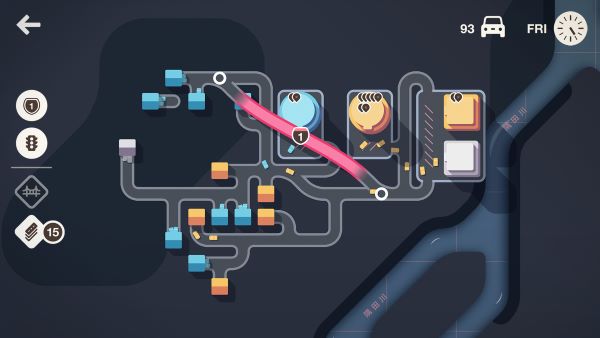
Use Roads to Block Off Spawns
When a week of in-game time has passed, you will be rewarded with more roads that you can use to expand your city. You will also get another reward which can be more roads, bridges, highways, traffic lights, and more.
If you have left over roads when you are done expanding your city, it might be a good idea to lay down those roads anyways even if you do not have a destination for them at the moment.
The reason being is that the game will spawn new buildings and houses in random locations, but it will avoid spots that are already taken by roads and other structures.
Because of this, you can kind of game the system by placing down roads on purpose in spots where you want to be kept open. Say for example you have a busy intersection and there is some space around that you want to remain free. Placing roads down in the empty space will prevent houses and buildings from being built there.
Highways are Helpful Quick Fixes
When you are choosing a weekly reward, if you ever have the option to receive a highway, it is probably the best choice. Highways are basically free, unobstructed roads that can go anywhere, with only the entrance and exit needing to be connected to a road.
Because of their flexibility, a carefully placed highway can save your city if you are having bad traffic. Say you have a blue building on one end of the city that is quickly piling up with markers because all of your blue residents are on the opposite side of the city – a highway will give them a straight shot to the building.
If a dire situation arises, it is helpful to pause time and immediately move your highways around so that cars can get to a priority building right away. Do this fast enough and you can save a failing city!
Even though they can be used like immediate “band-aid” solutions, it is best to try to incorporate highways into the core of your city layout. They are immensely helpful with their ability to redirect all traffic down one lane.
Traffic Lights are Situational
One of the possible weekly rewards are traffic lights to help the flow of traffic. Traffic lights can be placed at any intersection with at least two crossing roads. Each path of the intersection will be given a light that alternates, just like real life traffic lights.
Traffic lights can be helpful in the correct situations, but we have observed that more often than not they just end up building more traffic. The problem with them is that if you use them in intersections with more roads – which is what we thought they were mainly used for – it will cause way too much backup to be beneficial.
Though, they are not completely useless – we have found that if you put them near houses with busy streets, it will help the cars leave their houses more frequently as they will have the right of way with oncoming traffic.
Save with Diagonal Roads
Remember that you can lay out roads diagonally, which saves you a few roads in the long run. For example, you could laid out three pieces of road in a “L” formation, but you could also lay them out in a \ line which would achieve the same result, but with one less piece.
It may not seem like much at first, but doing small little cuts here and there will save you some road pieces that may come in handy later on in your city’s life.
Fork Your Roads
As we mentioned before, having a sort of “tree” layout with different “branches” of the road is usually the best way to layout your city. The most important thing is to not mix different colored cars together on the same road, and the tree layout can help with that.
This layout basically has houses of the same color on different roads, then they all converge onto one road that lead into your main roads. This way, you can divert traffic by color, which helps reduce the chances of jams.
With these tips, you should be able to score lots of cars. If you have any other traffic management tips or tricks to share, let us know in the comments below!

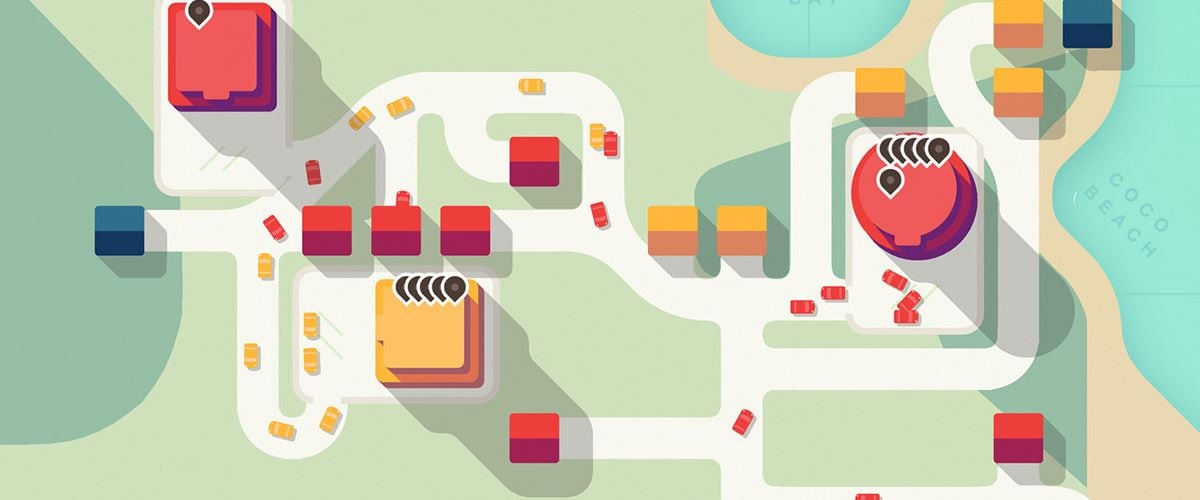

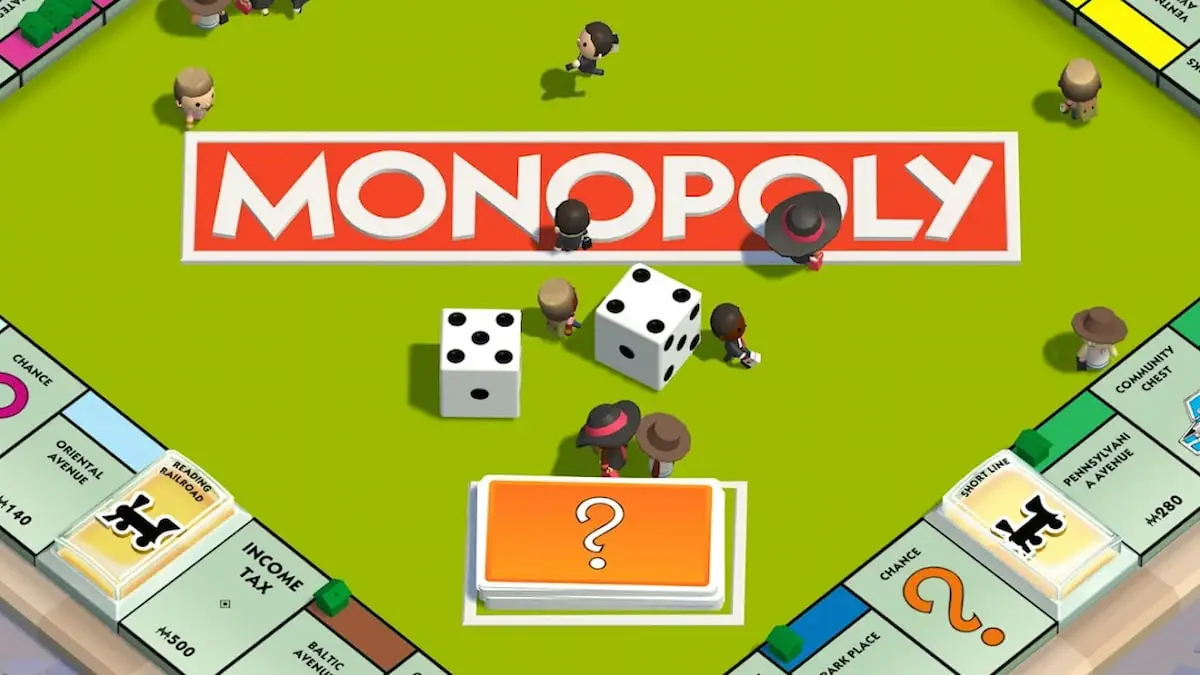


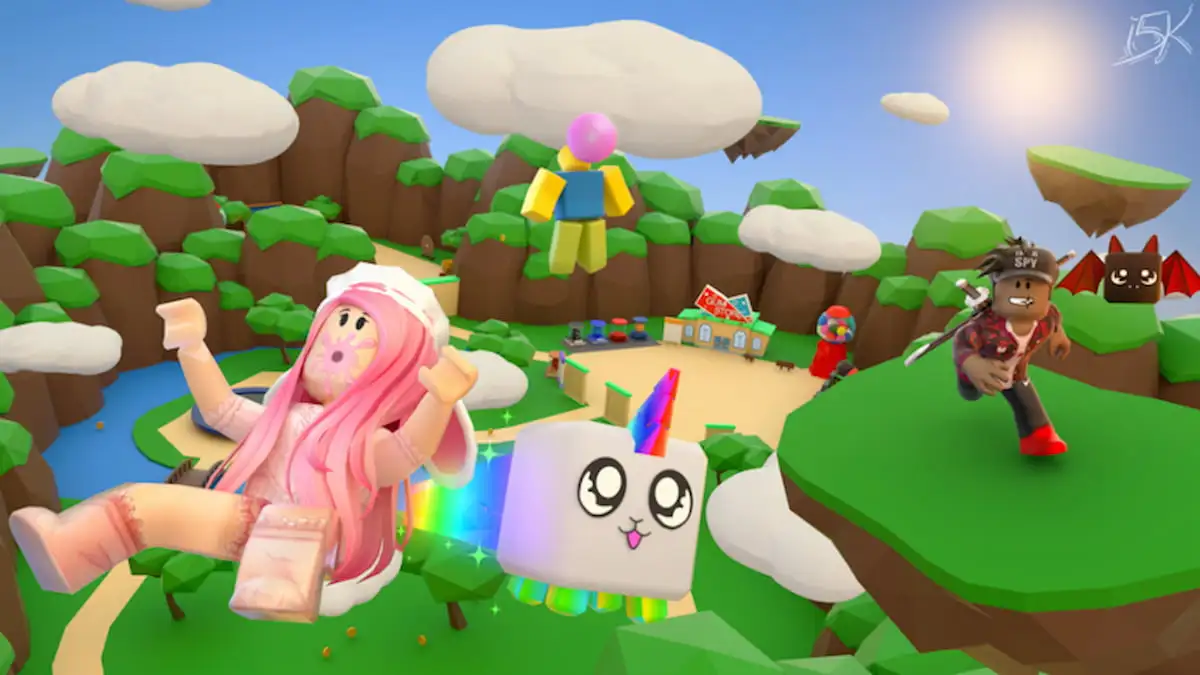

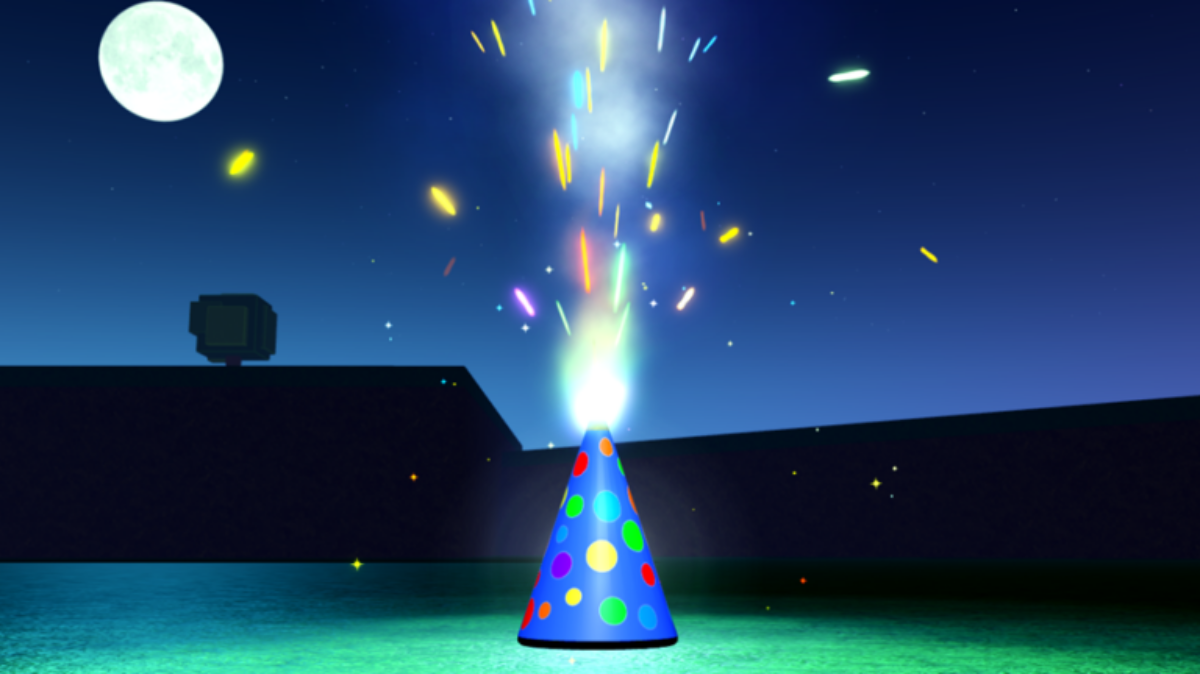
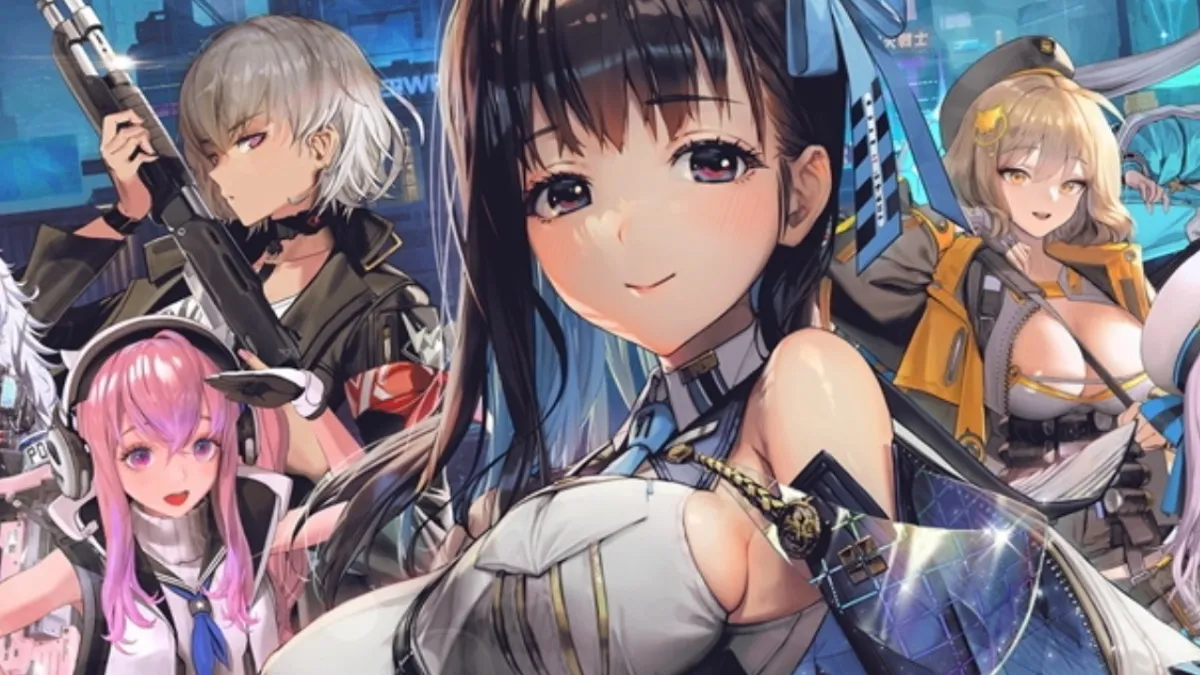
Published: Jun 10, 2020 02:30 pm